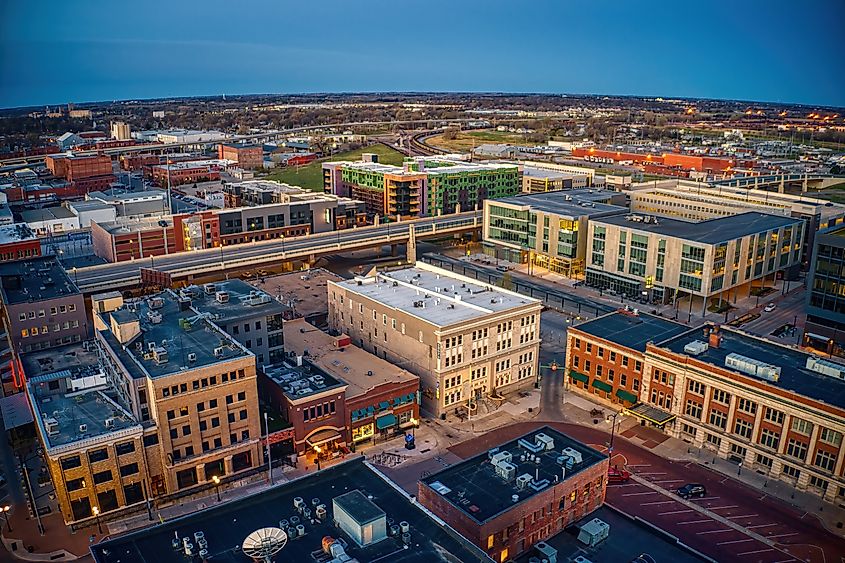Just like in many areas of life, both personal and professional, finishing strong is imperative to success. Construction projects are no different. In construction, a strong finish can ultimately determine whether a project is completed on time and within budget. When a project finishes strong and comes in under budget, it results in what’s known as a “profit gain.” Conversely, when a project gradually loses expected gross profit over time, it’s referred to as a “profit fade.”
Often, a profit fade is dismissed with explanations like, “Well, the project just took more time than expected.” But it’s more than that — it undermines the financial performance of construction companies and may raise red flags with sureties and lenders. For these reasons, contractors face an operational obligation to understand why profit fade happens and to take steps to prevent it from repeating.
Common Culprits
So, what causes profit fade? Many factors, often in combination, are typical when jobs experience a profit fade. Below are just a few of the common culprits that create a profit fade:
- Poor or overly optimistic estimating
- Inaccurate job costing
- Unbillable extra work or change orders
- Unsatisfactory performance by subcontractors or suppliers
- Weak project management or field supervision by the general contractor
- Adverse weather conditions
- Unexpected jobsite challenges
It’s normal to experience one or more of these issues occasionally. However, if your projects consistently suffer from profit fade, the issue needs to be formally and directly addressed.
Direct and Indirect Costs
Another major contributor to profit fade is the mismanagement or lack of oversight of direct and indirect costs. Direct costs are generally variable and relate specifically to the project, for example, materials, job labor, equipment rent, etc.. Indirect costs, a combination of fixed and variable costs, are generally broader and harder to identify.
For example, insurance expenses are a frequent cause of profit fade because premiums can vary year to year. However, with some effort, workers’ compensation and liability insurance costs can be broken down into hourly rates for different trades and incorporated into labor cost estimates.
Automobile insurance and other fleet vehicle costs can be handled similarly. You might calculate an hourly rate for drivers that differs from nondrivers. Then, apply a mileage rate to cover the cost of vehicle operation (such as gas, maintenance, taxes, insurance, and depreciation), estimating how many miles a driver typically travels in a day. This way, you can better integrate vehicle costs into your hourly rates, ensuring all true costs are covered, along with overhead and a healthy profit margin.
Other Strategies to Prevent Profit Fade
There are various ways to reduce or prevent profit fade. Start by evaluating your estimating and job costing systems to ensure they are accurate and complete. Consider using more conservative assumptions, and include contingency allowances to provide a cushion for unexpected expenses or delays.
Analyze completed projects in comparison to the estimate for patterns of recurring variances. Is there a link between profit fade and certain job types, locations, contract sizes, or clients? Are particular estimators, project managers, or other personnel more frequently involved in faded jobs?
Talk with team members who worked on those projects to uncover what caused actual costs to exceed estimates. Use those insights to improve future estimating and project management processes.
Protect Your Bottom Line
For contractors, few things are more disheartening than giving all your and your team’s efforts to a project only to watch the profit margin erode — or vanish altogether. At HBE, our team would be happy to review the financial performance of your recent jobs and help you identify ways to control costs and strengthen your bottom line.




